‘Exciting’ Kiwi development
Major New Zealand universities seek funding
to establish national virtual world grid
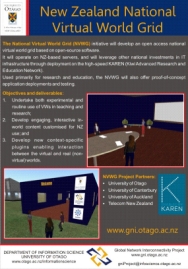
Three major New Zealand universities are planning to establish an open-access, open-source New Zealand National Virtual World grid based on the ONGENS OpenSim grid which is currently under development.
The universities are Otago University, the University of Canterbury, and the University of Auckland. They have been joined by Telecom in the proposed establishment of the grid which will operate on New Zealand-based servers and will leverage other national investments in IT infrastructure. Funding is currently being sought to support this initiative.
Although the NZVWG will be primarily for research and education it will also offer proof-of-concept application deployments and testing. It is being designed to provide both experimental and routine use of VWs in teaching and research; to develop engaging interactive in-world content customised for New Zealand use; and to develop new context-specific plug-ins, enabling interaction between virtual and real (non-virtual) worlds.
The announcement of the planned NZVWG was made by Dr Melanie Middlemiss, manager of the GNI Project, from which the ONGENS testbed originated and which she runs with GNI technical manager Ms Hailing Situ.
The developmental ONGENS Grid, set up in the ONGENS Test Bed Facility developed by Otago University and Canterbury University to explore the possibilities of Virtual Worlds and Web3.D technology, already has nodes run by the University of Auckland, the University of Canterbury and Weltec. It currently is “open” for avatar registration but because it is in the developmental phase is not as stable as some other virtual worlds. It has about 100 registered users.
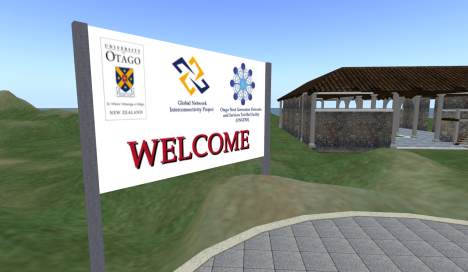
ONGENS uses both the Government-funded KAREN (Kiwi Advanced Research and Education Network) system and local networks.
Otago, Canterbury and Auckland Universities along with Telecom have formed a Governance Board for the NZVWG.
The proposed NZVWG will be composed of individual nodes at each University, connected together.
The project has been described as ” exciting” by the University of Auckland’s associate director, IT Services, Scott Diener, who is well known for his championing of virtual world education. The university, which has a two-sim presence in Second Life, is currently is running full test and development servers, hosting 12 islands on the ONGENS grid.
Announcing that further funding was being sought, Dr Middlemiss, said it was hoped to get more New Zealand and Pacific universities involved – the University of Papua New Guinea already has a research site – but it was a matter of finding people who were enthusiastic and dedicated to the development of the NZVWG.
Meanwhile the Government announced as part of the 2009 Budget in May a NZ$16m investment in KAREN to support the organisation’s ongoing operation and transition to a self-funding model.
Welcoming the Government’s new investment “to ensure KAREN keeps operating as New Zealand’s advanced network,” Donald Clark, Chief Executive of REANNZ said, “Such an investment, especially in these difficult economic times, indicates a strong commitment to science and to the investing in the underlying infrastructure of the country.”
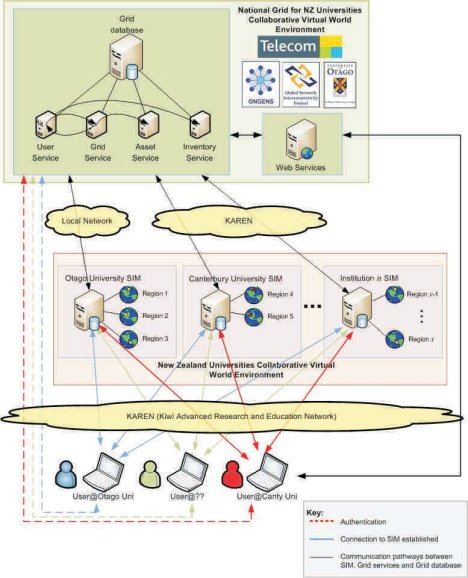
The proposed New Zealand National Virtual World Grid

Filed under: Distance education, Education, Education in virtual worlds, ONGENS, Virtual Worlds | Tagged: GNI Project, KAREN, Melanie Middlemiss, New Zealand National Virtual World Grid, NVWG, NZNVWG, Ongens, ONGENS Testbed, OpenSim, Otago University, REANNZ Donald Clark, Telecom, University of Auckland, University of Canterbury, Weltec | Leave a comment »


 It will be used to enhance some existing distance degree programs delivered in the US and around the world, according to CDPE associate dean and director of instructional development and technology
It will be used to enhance some existing distance degree programs delivered in the US and around the world, according to CDPE associate dean and director of instructional development and technology 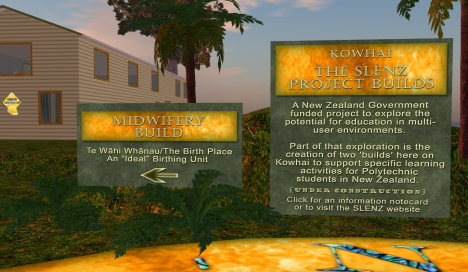


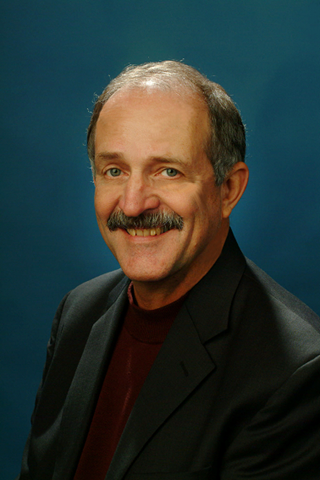
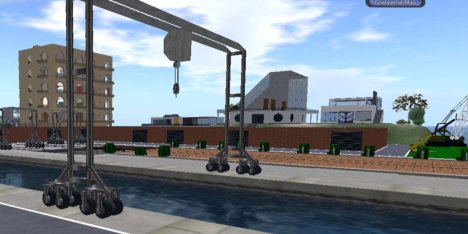
 making Memorial unique among Canadian universities in that it offers online and distance education, media, design and production capabilities and teaching and learning support all under one roof.
making Memorial unique among Canadian universities in that it offers online and distance education, media, design and production capabilities and teaching and learning support all under one roof.